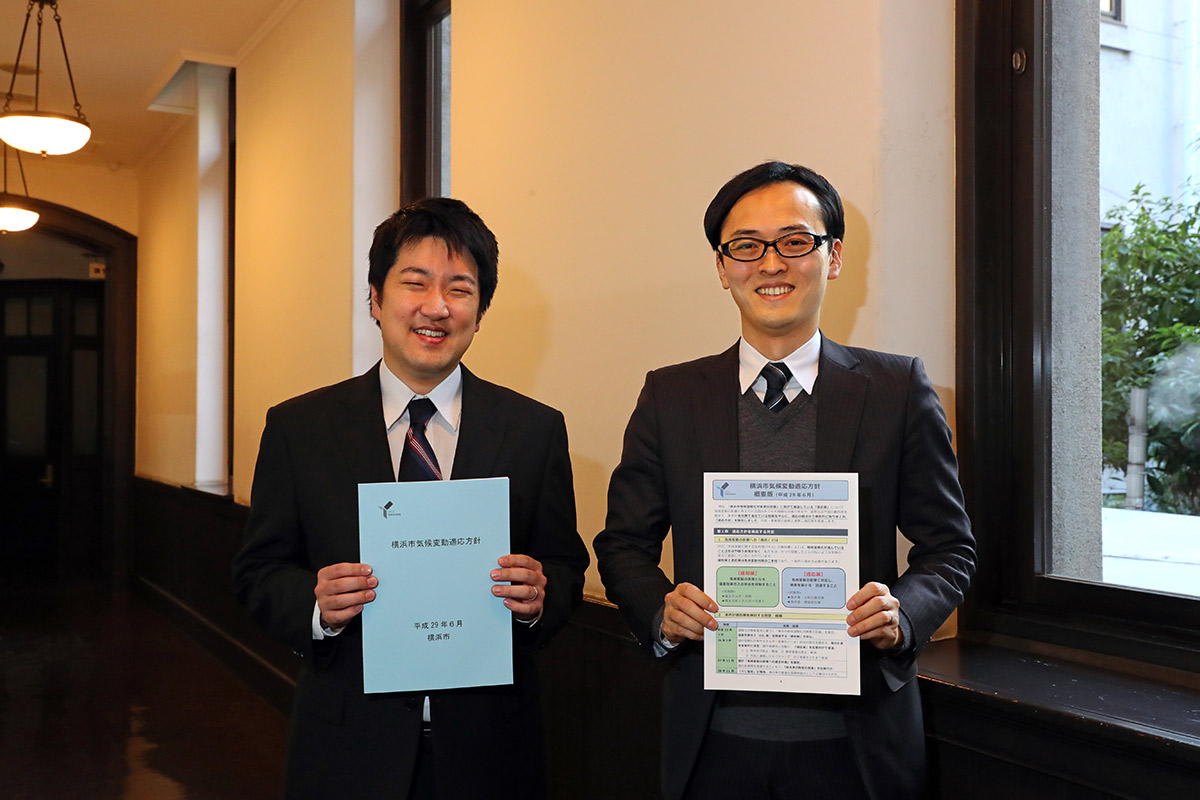
Local Adaptation Center Vol.19
Nagasaki Prefecture
Local Climate Change Adaptation Center Written Interview(Nagasaki Prefecture)
Located on the western tip of the Japanese Archipelago, Nagasaki Prefecture has complex topography comprised of many remote islands and peninsulas and is full of natural offerings and scenic views.



















































































